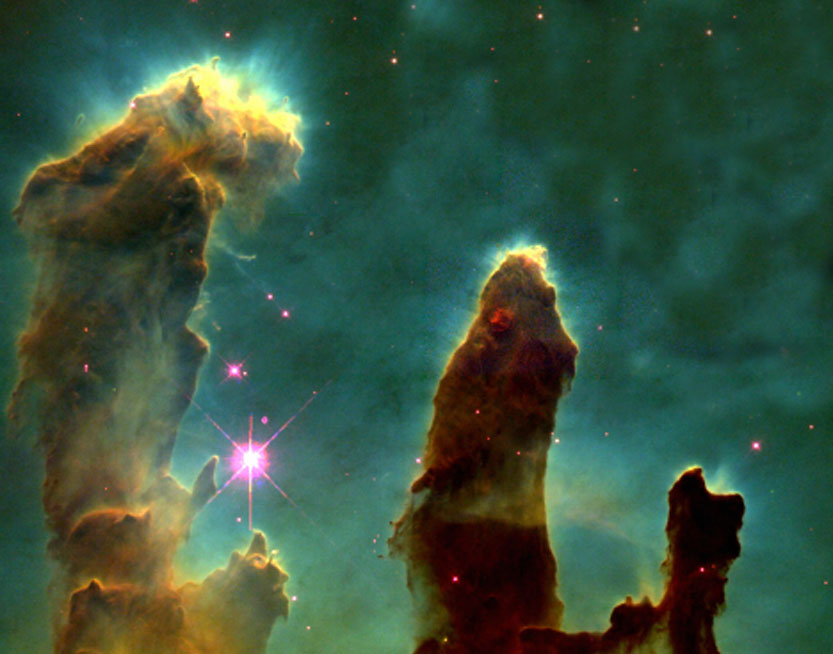Rosetta’s First Stop
By Evan FinnesThe European Space Agency’s Rosetta mission became the first satellite to take a close-up photograph of a rare E-Type asteroid on September 5th. There are several types of asteroids found in the asteroid belt which is located between Mars and Jupiter. The E-type asteroids are located on the inner portion of the ring, or at about 2.2 AU’s. The E-type asteroids contain high amounts of silicate, and have a relatively high albedo of approximately .3. Because terrestrial planets such as Earth also contain large amounts of silicates it can be assumed that E-type asteroids formed from the mantle of a differentiated asteroid. These asteroids are relatively small; rarely have diameters greater than 25km.
S-type asteroids are also located around 2.2 AU’s and are composed mainly of Iron and Magnesium-Silicates. With a slightly less albedo than the E-type asteroids, S-type shine with an albedo of approximately .22. S-type asteroids come in a variety of sizes–with the largest, 15 Eunomia, having a diameter of 330km wide.
M-type asteroids are responsible for the inner section of the asteroid belt. They are found between 2.2 and 2.7 AU’s. Many of these asteroids are composed of Nickel and Iron; because this is the composition of terrestrial planet’s cores, it is thought that the M-type asteroids are left over chunks of iron core from differentiated asteroids. These asteroids have albedo’s in a range from .1 to about .2.
C-type asteroids make up 75% of the known asteroids and are located around 2.7 AU’s. These Asteroids are rich in Carbonates and have very dark albedo’s in a range from .03 to .1. These asteroids also have the spectral signature which suggests water is present within the minerals. Located just beyond the C-type asteroids is the asteroid belts rim which is composed of the very dark D-type asteroid.
When Rosetta photographed the rare E-type asteroid called 2687 Steins, it captured a diamond shape body measuring in at 5.9 by 4km. Its surface reveals a violent past as it is pocketed with 23 craters having diameters larger than 200m, and a large crater with a diameter of 2km. Surrounding the larger crater is a chain of small craters. Such crater chains have been observed on the moon and are thought to be formed by the showering debris of a large impact.
Stein is only the first asteroid flyby scheduled in the Rosetta mission. On July 10th 2010, Rosetta will fly by the asteroid 21 Lutetia. Lutetia is an M-type asteroid which is 100km in diameter. Scientists are interested in Lutetia because it doesn’t fit the spectral characteristics of other M-type asteroids. Instead of bearing the spectral signature of nickel-iron, it resembles a carbonaceous signature which is characteristic of C-type asteroids.
After leaving Lutetia, Rosetta will drop a lander onto the surface of 67P/Churyumov-Gerasimenko in 2014. The landing will occur during the comet’s apogee when measurements can be made on the stable nucleus. For the following 2 years Rosetta will follow the comet/lander on a 100,000km/hr chase into the inner solar system Rosetta will be able to make measurements of the comet’s corona. Hopefully Rosetta’s exciting journey will provide insight to the formation of the early solar system.
